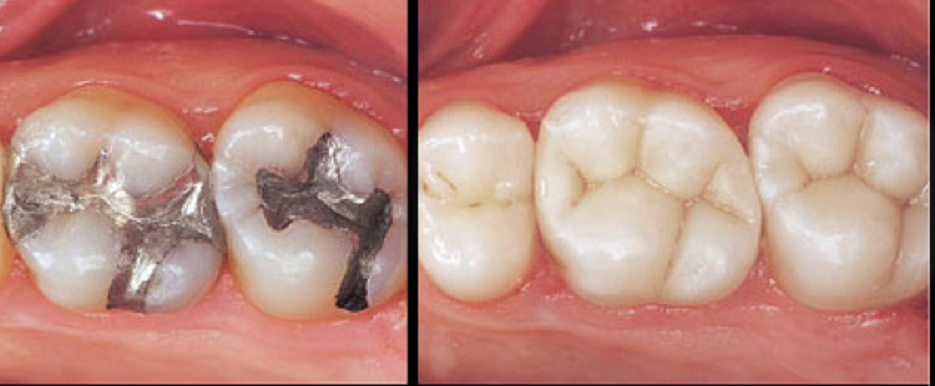What Steps Are Involved in Filling a Tooth?
First, we will use a local anesthetic to numb the area around the tooth to be filled. Next, a drill, air abrasion instrument, or laser will be used to remove the decayed area. The choice of instrument depends on the individual dentist's comfort level, training, and investment in the particular piece of equipment as well as location and extent of the decay.
Next, we will probe or test the area to determine if all the decay has been removed. Once the decay has been removed, we will prepare the space for the filling by cleaning the cavity of bacteria and debris. If the decay is near the root, Dr. Broggi may first put in a liner made of glass ionomer, composite resin, or other material to protect the nerve. Generally, after the filling is in, Dr. Broggi will finish and polish it.
Several additional steps are required for tooth-colored fillings and are as follows. After Dr. Broggi has removed the decay and cleaned the area, the tooth-colored material is applied in layers. Next, a special light that "cures" or hardens each layer is applied. When the multilayering process is completed, the dentist will shape the composite material to the desired result, trim off any excess material, and polish the final restoration.
What Types of Filling Materials Are Available?
Today, several dental filling materials are available. Teeth can be filled with gold; porcelain; silver amalgam (which consists of mercury mixed with silver, tin, zinc, and copper); or tooth-colored, plastic, and glass materials called composite resin fillings. The location and extent of the decay, cost of filling material, patients' insurance coverage, and our recommendation assist in determining the type of filling best for you.


